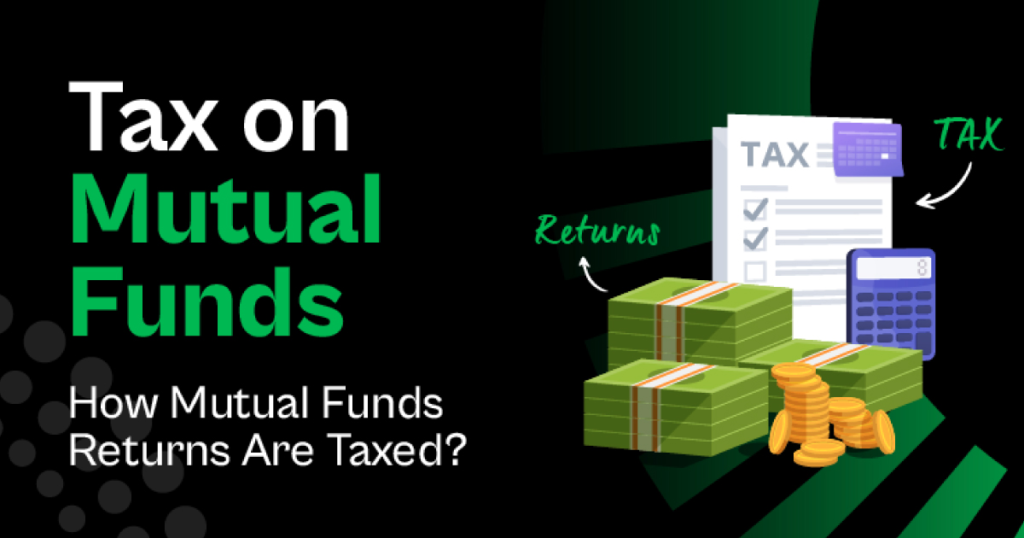Introduction
Tax planning is a crucial aspect of investment management, as minimizing tax liabilities can significantly impact investment returns over time. By implementing tax-saving strategies, investors can optimize their investment portfolios and retain more of their earnings. In this article, we’ll explore the top 5 tax-saving strategies for investors, empowering you to make informed decisions and maximize your after-tax investment returns.
1. Tax-Loss Harvesting
Tax-loss harvesting involves strategically selling investments that have experienced a loss to offset capital gains and reduce taxable income. By realizing losses in a taxable investment account, investors can use those losses to offset capital gains realized elsewhere in their portfolio, effectively reducing their overall tax liability. Tax-loss harvesting can be particularly beneficial during market downturns or periods of heightened volatility when investment losses are more common.

2. Retirement Accounts
Contributing to retirement accounts such as 401(k)s, IRAs, and Roth IRAs offers significant tax advantages for investors. Contributions to traditional retirement accounts are typically tax-deductible, reducing current taxable income, while investment earnings grow tax-deferred until withdrawal. Roth IRAs, on the other hand, allow tax-free withdrawals in retirement, providing valuable tax diversification and flexibility. By maximizing contributions to retirement accounts, investors can lower their current tax bills and build a tax-efficient retirement income stream.

3. Capital Gains Deferral
Capital gains deferral involves delaying the realization of capital gains by holding onto investments for an extended period. By deferring capital gains taxes, investors can benefit from compound growth and potentially pay lower tax rates in the future. Strategies such as buy-and-hold investing and tax-deferred exchanges (e.g., 1031 exchanges for real estate) can help investors defer capital gains and optimize their tax outcomes over time.

4. Dividend Investing
Investing in dividend-paying stocks can provide tax-efficient income for investors, as qualified dividends are taxed at lower rates than ordinary income or short-term capital gains. By focusing on companies with a history of consistent dividend payments and favorable tax treatment, investors can generate reliable income streams while minimizing their tax liabilities. Additionally, qualified dividends held in retirement accounts may be tax-free until withdrawal, further enhancing their tax efficiency.

5. Tax-Efficient Fund Selection
Choosing tax-efficient investment funds, such as index funds or exchange-traded funds (ETFs), can help investors minimize taxes on investment gains and distributions. These funds typically have lower turnover rates, resulting in fewer taxable events and reduced capital gains distributions. Additionally, tax-efficient fund selection involves considering factors such as fund structure, asset location, and tax optimization strategies to maximize after-tax returns and minimize tax drag on investment performance.

FAQs (Frequently Asked Questions)
Can tax-loss harvesting be implemented in retirement accounts?
Tax-loss harvesting is generally not applicable to retirement accounts like 401(k)s or IRAs, as transactions within these accounts do not have tax consequences. However, investors can still implement tax-efficient strategies within their retirement accounts, such as asset allocation, rebalancing, and selecting tax-efficient investment options.
What are the contribution limits for retirement accounts?
The contribution limits for retirement accounts vary depending on the type of account and individual circumstances. As of 2022, the annual contribution limit for 401(k)s is $20,500 for individuals under 50 and $27,000 for those 50 and older (including catch-up contributions). For IRAs, the annual contribution limit is $6,000 for individuals under 50 and $7,000 for those 50 and older.
Are there any restrictions on capital gains deferral strategies?
Capital gains deferral strategies such as buy-and-hold investing and 1031 exchanges may be subject to certain restrictions and eligibility criteria. For example, 1031 exchanges are limited to like-kind exchanges of real estate assets, and strict rules apply regarding timing, identification, and replacement properties. Investors should consult with tax professionals or legal advisors to ensure compliance with applicable laws and regulations.
How can investors determine the tax efficiency of investment funds? Investors can evaluate the tax efficiency of investment funds by reviewing key metrics such as turnover ratio, tax-cost ratio, and after-tax returns. Funds with lower turnover ratios and tax-cost ratios tend to be more tax-efficient, as they generate fewer taxable events and minimize capital gains distributions. Additionally, comparing after-tax returns across similar funds can help investors identify the most tax-efficient options for their investment portfolios.
Are there any tax consequences to consider when investing in dividend-paying stocks?
While qualified dividends receive favorable tax treatment, non-qualified dividends and dividend income earned outside of retirement accounts may be subject to ordinary income tax rates. Additionally, investors should be aware of potential tax implications related to dividend reinvestment plans (DRIPs) and special dividends, as these may affect their overall tax liability. Consulting with a tax advisor can help investors understand the tax consequences of dividend investing and develop tax-efficient strategies accordingly.
Conclusion
By implementing tax-saving strategies such as tax-loss harvesting, retirement accounts, capital gains deferral, dividend investing, and tax-efficient fund selection, investors can optimize their after-tax investment returns and achieve their financial goals more effectively. Whether reducing taxable income, deferring capital gains, or maximizing tax-efficient investment vehicles, these strategies can help investors minimize tax liabilities and retain more of their hard-earned money for future growth and prosperity.
